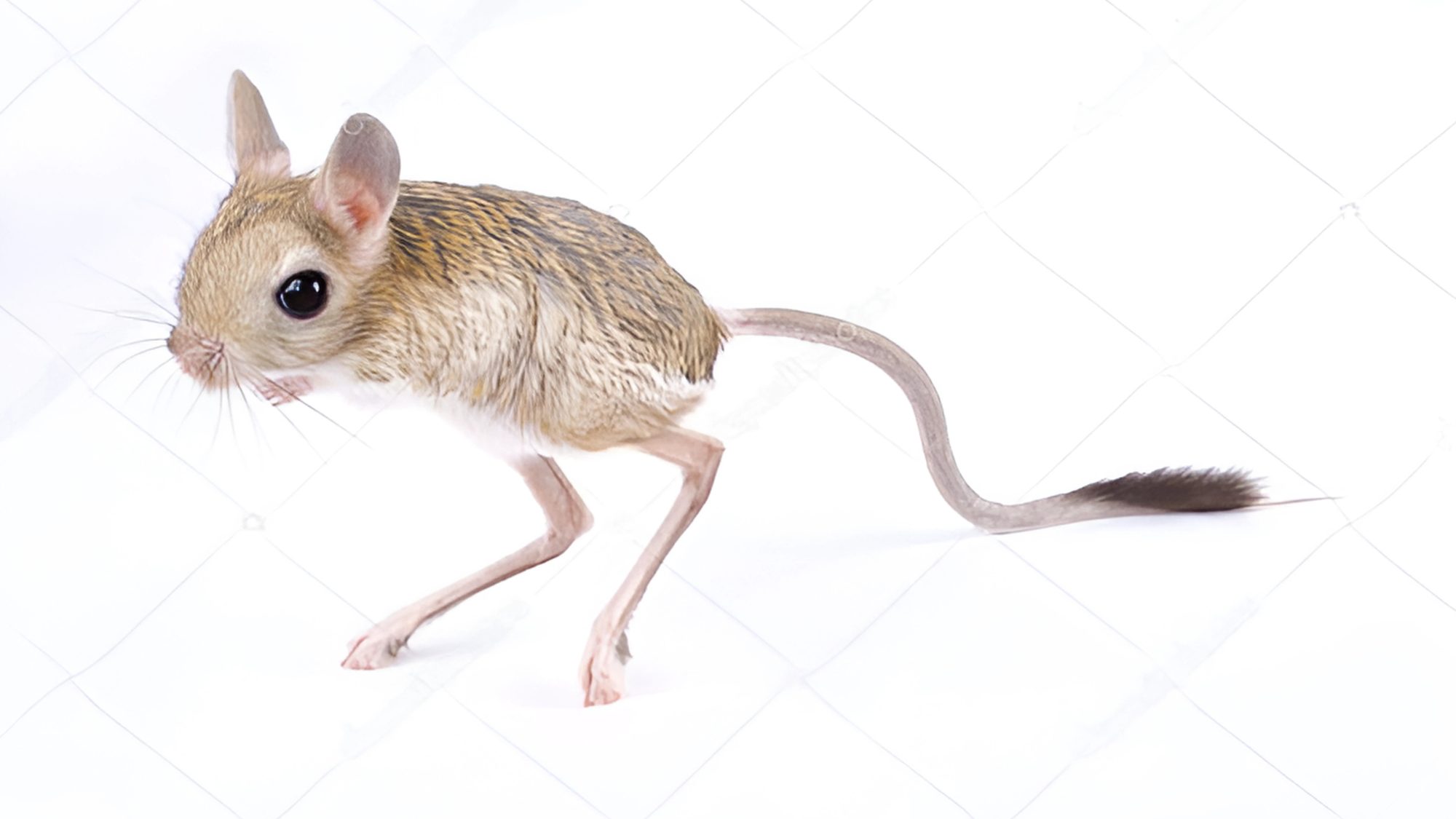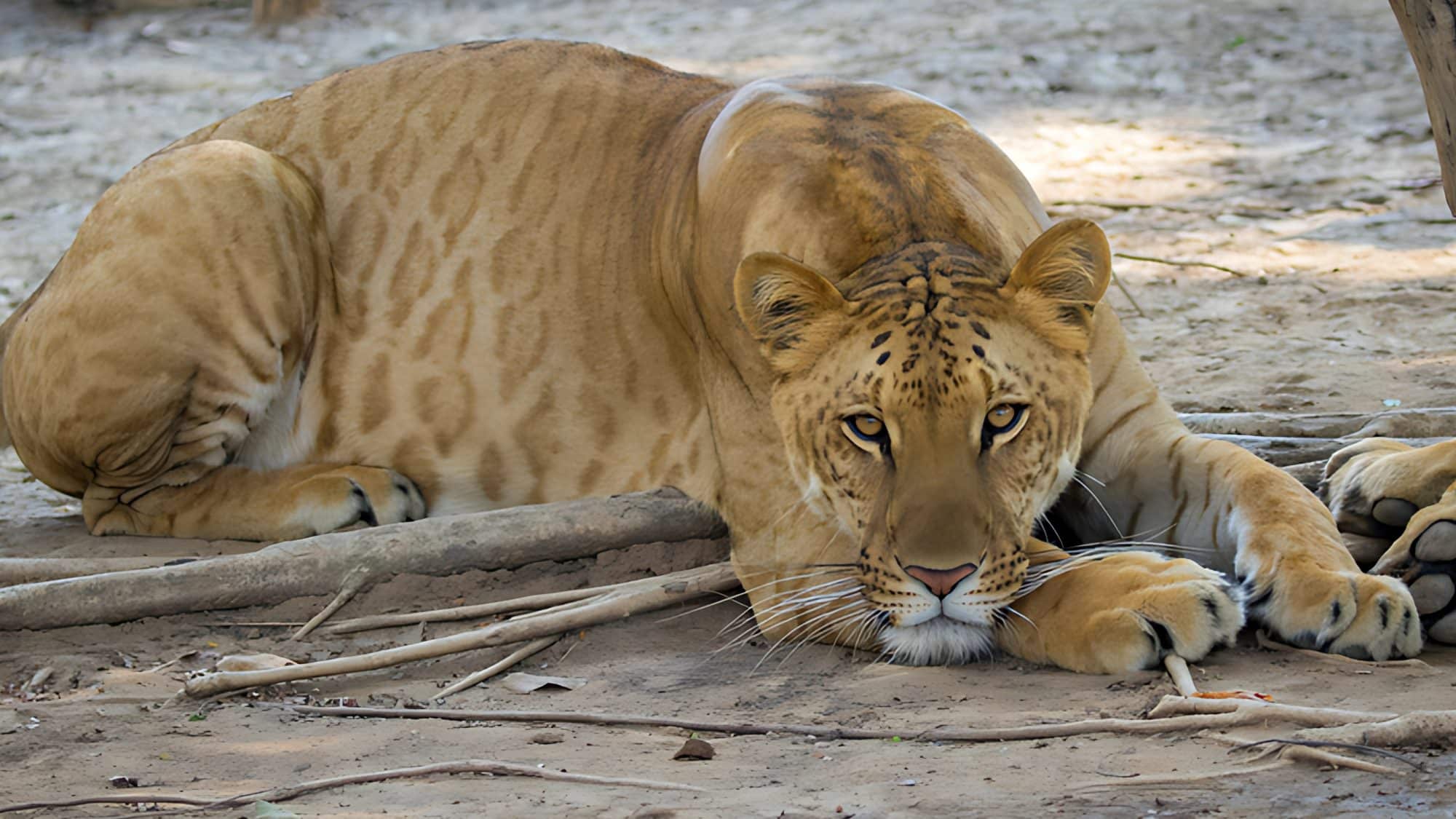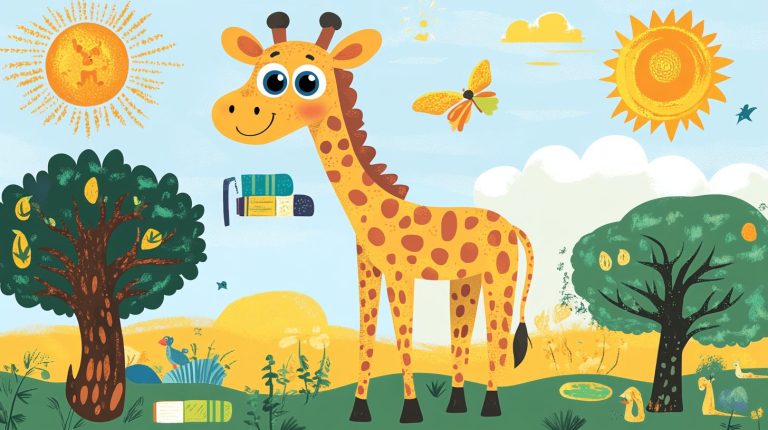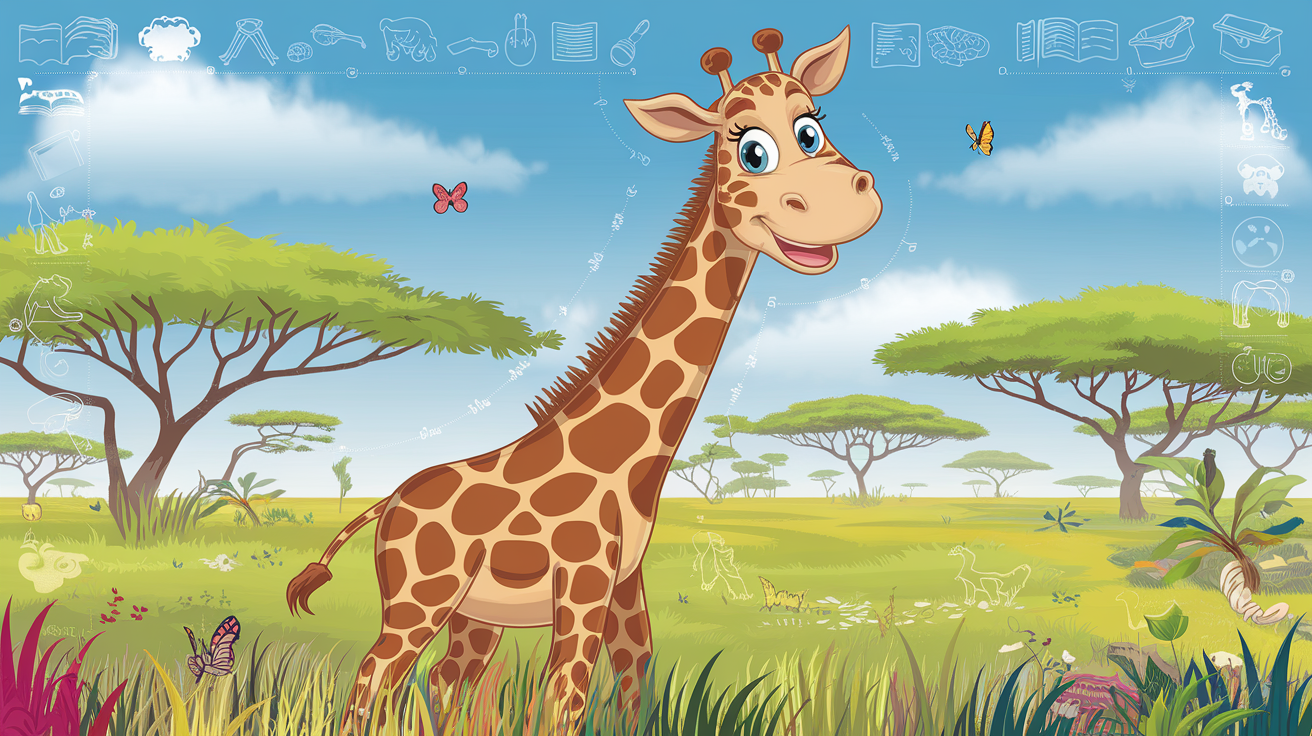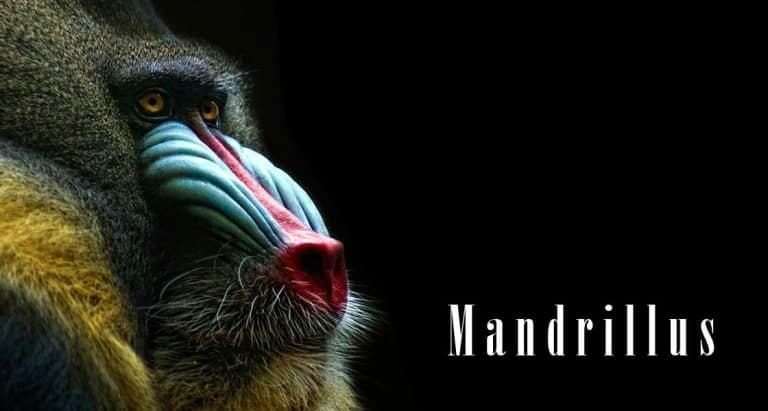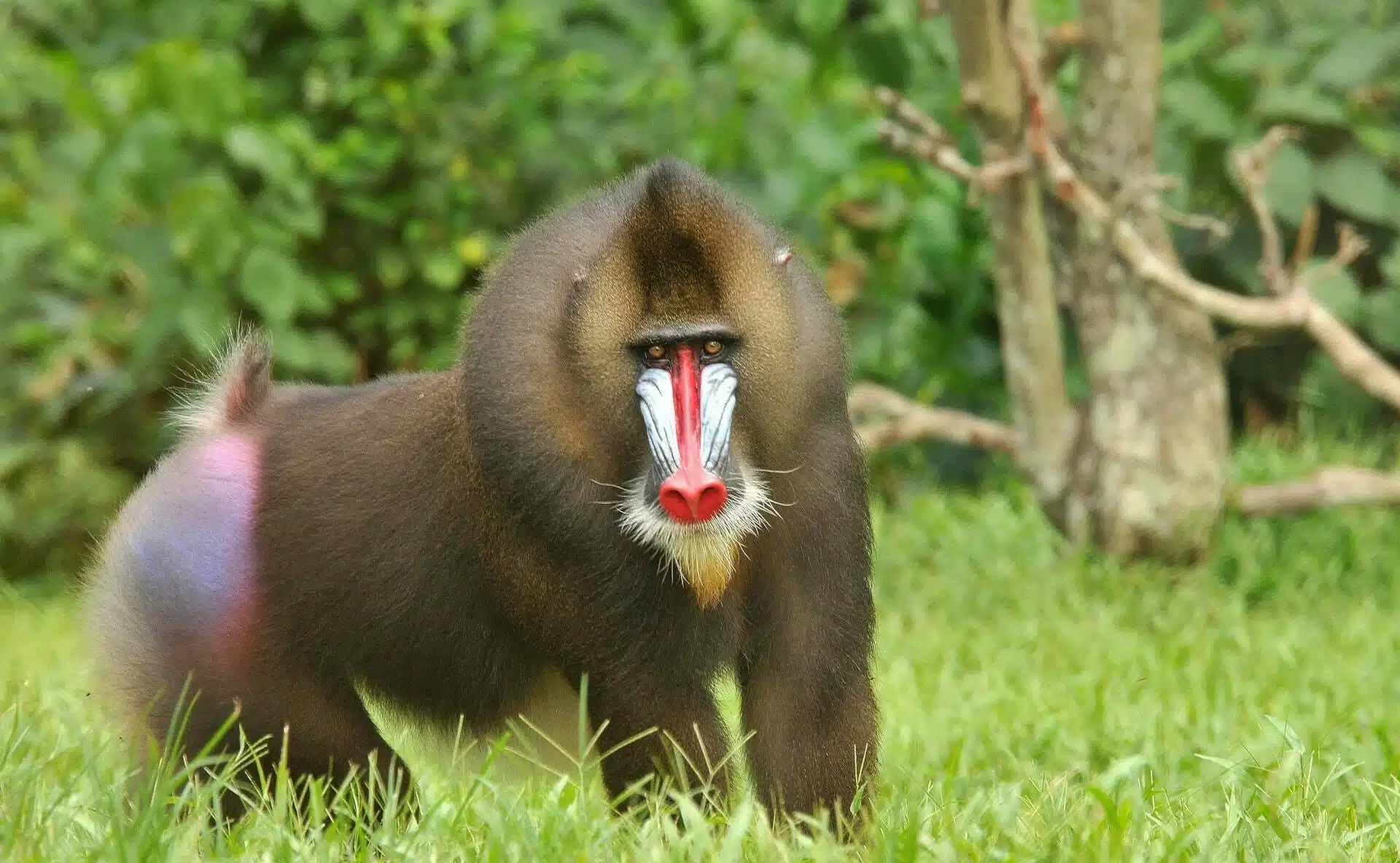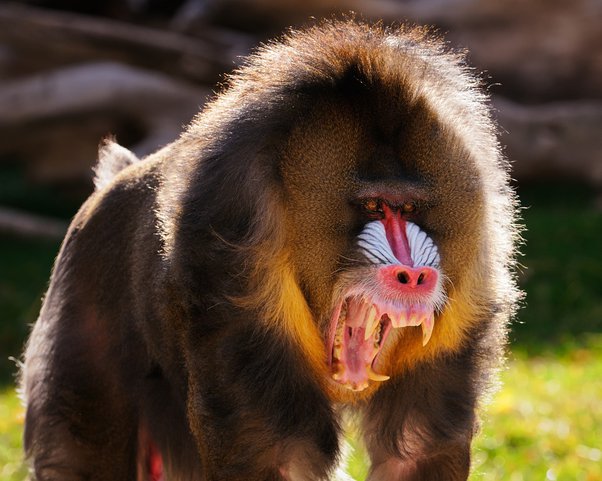The animal kingdom contains some truly strange mammals that might surprise you.
From the duck-billed platypus that lays eggs instead of having babies like most mammals, to the star-nosed mole with its bizarre star-shaped nose for finding food.
The aye-aye deserves mention with its extra-long middle finger, as does the pangolin covered in scales like a walking pinecone!
And what about the naked mole rat that lives underground in colonies similar to insects?
These unusual creatures demonstrate how wonderful and diverse nature can be.
Each one has developed special adaptations to survive in the wild.
In this blog, we will look into these interesting animals and reveal what makes them so incredibly unique!
Unusual and Enigmatic Creatures
These mammals stand out for their bizarre appearances, strange behaviors, or rare characteristics that make them truly one-of-a-kind.
1. Aardvark
| Scientific Name | Orycteropus afer |
|---|---|
| Family | Orycteropodidae |
| Continent | Africa |
| IUCN Conservation Status | Least Concern |
The aardvark is a nocturnal mammal known for its long ears and snout, which it uses to sniff out ants and termites.
It is an adept digger, using its powerful claws to burrow for food.
Fun Fact: The Aardvark’s name comes from the Afrikaans word meaning “earth pig,” as it digs extensive burrows in the ground.
2. Aye-aye
| Scientific Name | Daubentonia madagascariensis |
|---|---|
| Family | Daubentoniidae |
| Continent | Africa (Madagascar) |
| IUCN Conservation Status | Endangered |
Aye-ayes are primates with distinctive features, including large eyes and a long, thin middle finger used for foraging.
They primarily feed on insects by tapping on trees to locate them.
Fun Fact: In Madagascar folklore, the aye-aye is considered an omen of death, leading to the widespread belief that they bring bad luck.
3. Armadillo
| Scientific Name | Dasypodidae (family of armadillos) |
|---|---|
| Family | Dasypodidae |
| Continent | Americas |
| IUCN Conservation Status | Varies by species (some are Least Concern, others are Endangered) |
Armadillos are small, armored mammals with a unique, bony shell that provides protection against predators.
They are excellent diggers and often forage for insects and small invertebrates.
Fun Fact: The nine-banded armadillo is the only species capable of giving birth to quadruplets, always having four offspring.
4. Binturong
| Scientific Name | Arctictis binturong |
|---|---|
| Family | Viverridae |
| Continent | Asia |
| IUCN Conservation Status | Vulnerable |
The binturong, also known as the “bearcat,” has a bear-like appearance with a prehensile tail that it uses for balance and grasping.
It is an omnivorous mammal that primarily feeds on fruit and small animals.
Fun Fact: Binturongs have a scent similar to buttered popcorn, which is emitted from glands near their tail.
5. Chinese Pangolin
| Scientific Name | Manis pentadactyla |
|---|---|
| Family | Manidae |
| Continent | Asia (China) |
| IUCN Conservation Status | Endangered |
The Chinese pangolin is a nocturnal, solitary animal covered in scales made of keratin.
It uses its long claws to dig up ants and termites, which form the majority of its diet.
Fun Fact: Pangolins are the only mammals wholly covered in scales, and they curl up into a ball when threatened.
6. Colugo
| Scientific Name | Cynocephalus variegatus |
|---|---|
| Family | Cynocephalidae |
| Continent | Asia (Southeast Asia) |
| IUCN Conservation Status | Least Concern |
The colugo, also known as the flying lemur, is capable of gliding for long distances thanks to its large patagium.
It is a nocturnal animal that lives in the forests of Southeast Asia.
Fun Fact: Despite its name, the colugo is not a lemur and is not capable of true flight, but glides through the air with its skin flaps.
7. Dugong
| Scientific Name | Dugong dugon |
|---|---|
| Family | Dugongidae |
| Continent | Asia, Africa |
| IUCN Conservation Status | Vulnerable |
Dugongs are marine mammals that resemble manatees but have a tail fin shaped like a fluke.
They feed on seagrass and are often found in shallow coastal waters.
Fun Fact: Dugongs are known for their gentle nature and have been dubbed “sea cows” due to their diet of seagrass.
8. Echidna
| Scientific Name | Tachyglossidae |
|---|---|
| Family | Tachyglossidae |
| Continent | Australia, New Guinea |
| IUCN Conservation Status | Least Concern |
The echidna is a spiny, egg-laying mammal known for its distinctive appearance, with sharp quills and a long snout.
It is an insectivore and uses its tongue to collect ants and termites.
Fun Fact: Echidnas are one of only five egg-laying mammals, a group called monotremes.
9. Fossa
| Scientific Name | Cryptoprocta ferox |
|---|---|
| Family | Eupleridae |
| Continent | Madagascar |
| IUCN Conservation Status | Vulnerable |
The fossa is a carnivorous mammal that resembles a cat but is more closely related to the mongoose.
It is a sharp predator, primarily hunting lemurs in the forests of Madagascar.
Fun Fact: Fossas have semi-retractable claws, which aid them in climbing trees and hunting prey.
10. Flying Fox
| Scientific Name | Pteropus |
|---|---|
| Family | Pteropodidae |
| Continent | Asia, Africa, Oceania |
| IUCN Conservation Status | Vulnerable |
The flying fox is a type of large fruit bat with an impressive wingspan and keen eyesight.
These bats play a crucial role in pollinating flowers and dispersing seeds.
Fun Fact: Despite their large size, flying foxes are gentle creatures and are often called “megabats” due to their size.
11. Golden Moles
| Scientific Name | Chrysochloridae |
|---|---|
| Family | Chrysochloridae |
| Continent | Africa |
| IUCN Conservation Status | Varies by species |
Golden moles are small, burrowing mammals with metallic, golden-colored fur and specialized claws for digging.
They are nocturnal and spend most of their time underground.
Fun Fact: Golden moles are excellent swimmers, using their strong limbs to paddle through water.
12. Hairy-nosed Wombat
| Scientific Name | Lasiorhinus krefftii |
|---|---|
| Family | Vombatidae |
| Continent | Australia |
| IUCN Conservation Status | Critically Endangered |
The hairy-nosed wombat is a nocturnal marsupial that digs extensive burrows to live in.
It is known for its strong, muscular build and its ability to dig rapidly.
Fun Fact: Unlike other wombats, the hairy-nosed wombat has fur inside its nose, which helps it filter out dirt and dust.
13. Jerboa
| Scientific Name | Jaculus jaculus |
|---|---|
| Family | Dipodidae |
| Continent | Asia, Africa |
| IUCN Conservation Status | Least Concern |
Jerboas are small, hopping rodents with long legs and large ears, resembling miniature kangaroos.
They are highly adapted to desert life and can leap long distances to escape predators.
Fun Fact: Jerboas have large hind feet and use their tail for balance as they hop across the desert.
14. Kakapo
| Scientific Name | Strigops habroptilus |
|---|---|
| Family | Strigopidae |
| Continent | New Zealand |
| IUCN Conservation Status | Critically Endangered |
The kakapo is a flightless parrot native to New Zealand, known for its nocturnal habits and ground-dwelling lifestyle.
It is one of the heaviest parrots and has a distinct, sweet scent.
Fun Fact: Kakapos are one of the rarest birds in the world, with a current population of only a few dozen individuals.
15. Liger
| Scientific Name | Panthera leo × Panthera tigris |
|---|---|
| Family | Felidae |
| Continent | Not naturally found in the wild (hybrid) |
| IUCN Conservation Status | Not applicable (hybrid) |
A liger is a hybrid cross between a male lion and a female tiger.
These massive animals are known for their size and are often found in zoos or wildlife sanctuaries.
Fun Fact: Ligers are the largest of all known big cats, sometimes measuring over 1,000 pounds.
16. Numbat
| Scientific Name | Myrmecobius fasciatus |
|---|---|
| Family | Myrmecobiidae |
| Continent | Australia |
| IUCN Conservation Status | Endangered |
The numbat is a small, diurnal marsupial that feeds primarily on termites.
With its distinctive stripes and long, sticky tongue, the numbat is a unique predator in the Australian wilderness.
Fun Fact: Numbats can eat up to 20,000 termites a day using their specialized tongue.
17. Platypus
| Scientific Name | Ornithorhynchus anatinus |
|---|---|
| Family | Ornithorhynchidae |
| Continent | Australia |
| IUCN Conservation Status | Near Threatened |
The platypus is one of the few egg-laying mammals and is known for its distinctive appearance, combining features of a bird, beaver, and otter.
It is an aquatic mammal that spends a lot of time searching for food underwater.
Fun Fact: Platypuses have electroreception abilities, which allow them to detect electrical signals from the movement of prey in the water.
18. Quokka
| Scientific Name | Setonix brachyurus |
|---|---|
| Family | Macropodidae |
| Continent | Australia |
| IUCN Conservation Status | Vulnerable |
The quokka is a small marsupial known for its friendly demeanor and distinctive “smile.”
It is often called “the happiest animal on Earth” due to its facial expression.
Fun Fact: Quokkas are herbivores and primarily feed on grasses and leaves, often found in the wild on Rottnest Island in Australia.
19. Red Panda
| Scientific Name | Ailurus fulgens |
|---|---|
| Family | Ailuridae |
| Continent | Asia |
| IUCN Conservation Status | Endangered |
The red panda is a small, tree-dwelling mammal with reddish-brown fur and a long, bushy tail.
It is an herbivore, primarily feeding on bamboo, and has a solitary lifestyle.
Fun Fact: Red pandas are skilled climbers and often live in high-altitude forests in the Himalayas and southwestern China.
20. Saiga Antelope
| Scientific Name | Saiga tatarica |
|---|---|
| Family | Bovidae |
| Continent | Asia |
| IUCN Conservation Status | Critically Endangered |
The saiga antelope is a unique-looking animal, known for its distinctive bulbous nose.
It migrates across the vast steppes of Central Asia, where it feeds on grasses and plants.
Fun Fact: The saiga’s nose is designed to filter out dust and regulate temperature in harsh, arid environments.
21. Slow Loris
| Scientific Name | Nycticebus |
|---|---|
| Family | Lorisidae |
| Continent | Asia |
| IUCN Conservation Status | Vulnerable |
The slow loris is a small, nocturnal primate known for its slow movements and large, expressive eyes.
It has a toxic bite, which it uses for self-defense.
Fun Fact: Slow lorises secrete toxins from their elbows, which they lick and transfer to their mouths, making them one of the few venomous mammals.
22. Spiny Anteater
| Scientific Name | Zaglossus bruijni |
|---|---|
| Family | Tachyglossidae |
| Continent | Australia |
| IUCN Conservation Status | Endangered |
The spiny anteater, or echidna, is a monotreme known for its spiny body and long snout.
It is an insectivore, primarily feeding on ants, termites, and earthworms.
Fun Fact: Unlike most mammals, the echidna lays eggs, making it one of the only egg-laying mammals (monotremes) in existence.
23. Tasmanian Devil
| Scientific Name | Sarcophilus harrisii |
|---|---|
| Family | Dasyuridae |
| Continent | Australia (Tasmania) |
| IUCN Conservation Status | Endangered |
The Tasmanian devil is a carnivorous marsupial known for its aggressive nature and loud screeches.
It is the largest carnivorous marsupial in Australia and is often found scavenging for food.
Fun Fact: Tasmanian devils are known for their powerful jaws and can crush bones with ease.
24. Thylacine
| Scientific Name | Thylacinus cynocephalus |
|---|---|
| Family | Thylacinidae |
| Continent | Australia (Extinct) |
| IUCN Conservation Status | Extinct |
The thylacine, also known as the Tasmanian tiger, was a carnivorous marsupial that became extinct in the 20th century.
It had a dog-like appearance with stripes on its back and tail.
Fun Fact: The last known thylacine died in captivity in 1936, but there have been numerous reports of possible sightings since then.
25. Tarsier
| Scientific Name | Tarsius |
|---|---|
| Family | Tarsiidae |
| Continent | Asia (Southeast Asia) |
| IUCN Conservation Status | Vulnerable |
Tarsiers are small primates known for their enormous eyes and ability to rotate their heads almost 180 degrees.
They are primarily insectivorous, using their sharp claws to capture prey.
Fun Fact: Despite their large eyes, tarsiers are strictly nocturnal and rely on their keen sense of hearing to hunt at night.
26. Tree Kangaroo
| Scientific Name | Dendrolagus |
|---|---|
| Family | Macropodidae |
| Continent | Australia |
| IUCN Conservation Status | Endangered |
The tree kangaroo is a marsupial adapted to life in the trees, with strong claws for climbing.
It is a herbivore, primarily feeding on leaves and fruit.
Fun Fact: Unlike most kangaroos, tree kangaroos have a prehensile tail and are skilled at leaping from tree to tree.
Some More Mammals
27. Alpaca
28. Anteater
29. Capybara
30. Caracal
31. Chinchilla
32. Coati
33. Cotton-top Tamarin
34. Dwarf Lemur
35. Elephant Seal
36. Elephant Shrew
38. Flying Squirrel
39. Gelada Baboon
40. Gibbon
41. Giraffe
42. Grison
43. Guar
44. Hedgehog
45. Hyrax
46. Impala
47. Indri
48. Jumping Mouse
49. Kinkajou
50. Koala
51. Lemur
52. Little Brown Bat
53. Malayan Tiger
54. Mandrill
55. Marmoset
56. Manatee
57. Nyala
58. Okapi
59. Opossum
60. Paca
61. Pallas’s Cat
62. Pangolin
63. Pika
64. Pocket Mouse
65. Polecat
66. Porcupine
67. Potoroo
68. Pygmy Hippo
69. Quoll
70. Raccoon
71. Red River Hog
72. Rock Hyrax
73. Rowi
74. Sand Cat
75. Sea Otter
76. Seals
77. Serval
78. Shrew
79. Sloth
80. Small-clawed Otter
81. Spotted Genet
82. Squirrel Monkey
83. Striped Skunk
84. Sugar Glider
85. Takin
86. Tiger
87. Tibetan Antelope
88. Trichechus (Manatee)
89. Vervet Monkey
90. Virginia Opossum
91. Warthog
92. Weddell Seal
93. Weasel
94. West Indian Manatee
95. Wombat
96. Wolverine
Reptiles, Amphibians, Birds, Fish And Extinct Animals
97. Armadillo Lizard
98. Komodo Dragon
99. Largemouth Bass
100. Leaping Frog
101. Mexican Mole Lizard
102. Minke Whale
103. Naked Mole Rat
104. Narwhal
105. Onychomys
106. Ornate Box Turtle
107. Pygmy Hippo
108. Star-nosed Mole
109. Tuco-tuco
110. Tenrec
111. Tortoise
112. Turtle Dove
113. Woolly Mammoth
114. Xantus’ Murrelet
115. Xerus
116. Bowerbird
117. Kinkajou
118. Orange-bellied Parrot
119. Ornate Box Turtle
120. White-naped Crane
121. White-faced Capuchin
122. Wilson’s Phalarope
123. Yellow-footed Rock Wallaby
124. Blobfish
125. Goblin Shark
126. Ribbon Worm
127. Red-bellied Piranha
128. Red-bellied Fish
129. Whale Shark
130. Woolly Mammoth
131. Triceratops
Conclusion
These strange and wonderful mammals show us just how wonderful nature can be.
From tiny creatures that lay eggs to giants that use their noses like hands, our world is full of surprising animal friends.
Each one has found its own special way to survive and thrive.
Next time you’re outside, remember that there’s a whole world of odd and interesting mammals out there, each with its own special story.
Which weird mammal was your favorite?
Perhaps one day, you might be lucky enough to spot one of these unusual animals in the wild!














